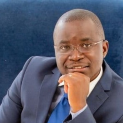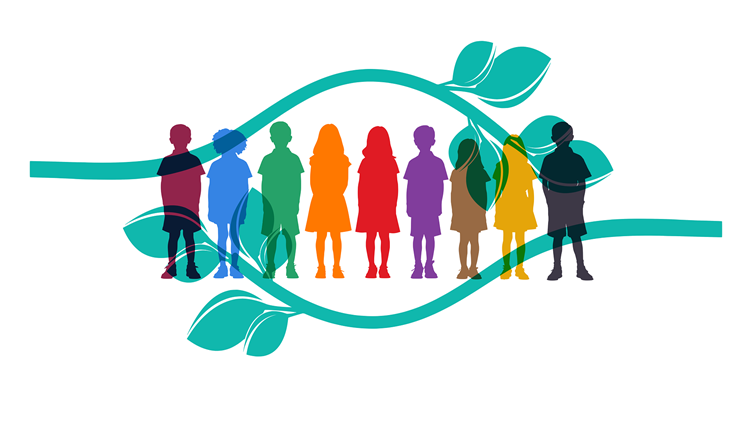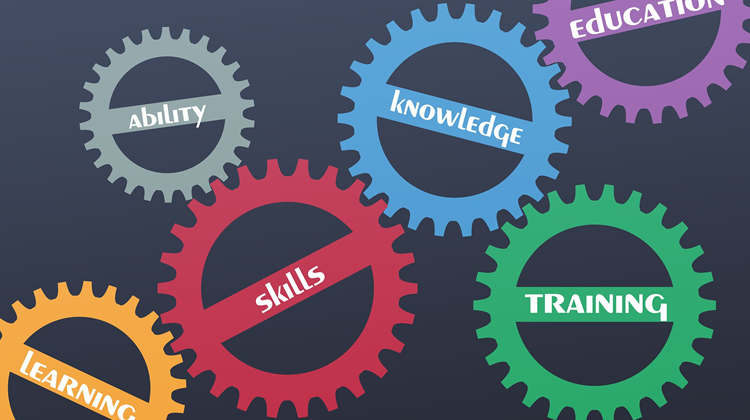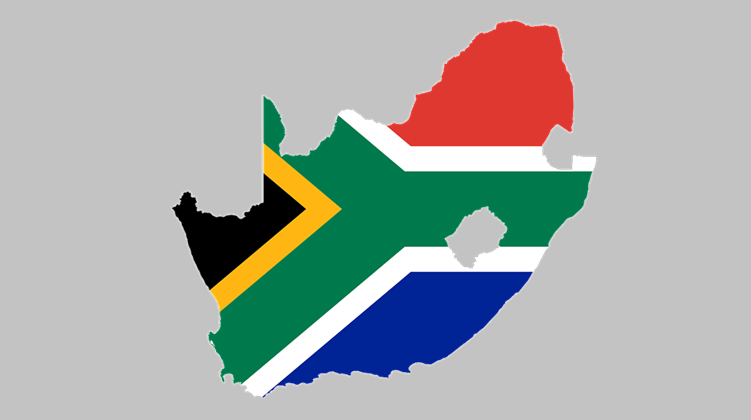Can Tshisekedi’s second term deliver inclusive growth for DRC?
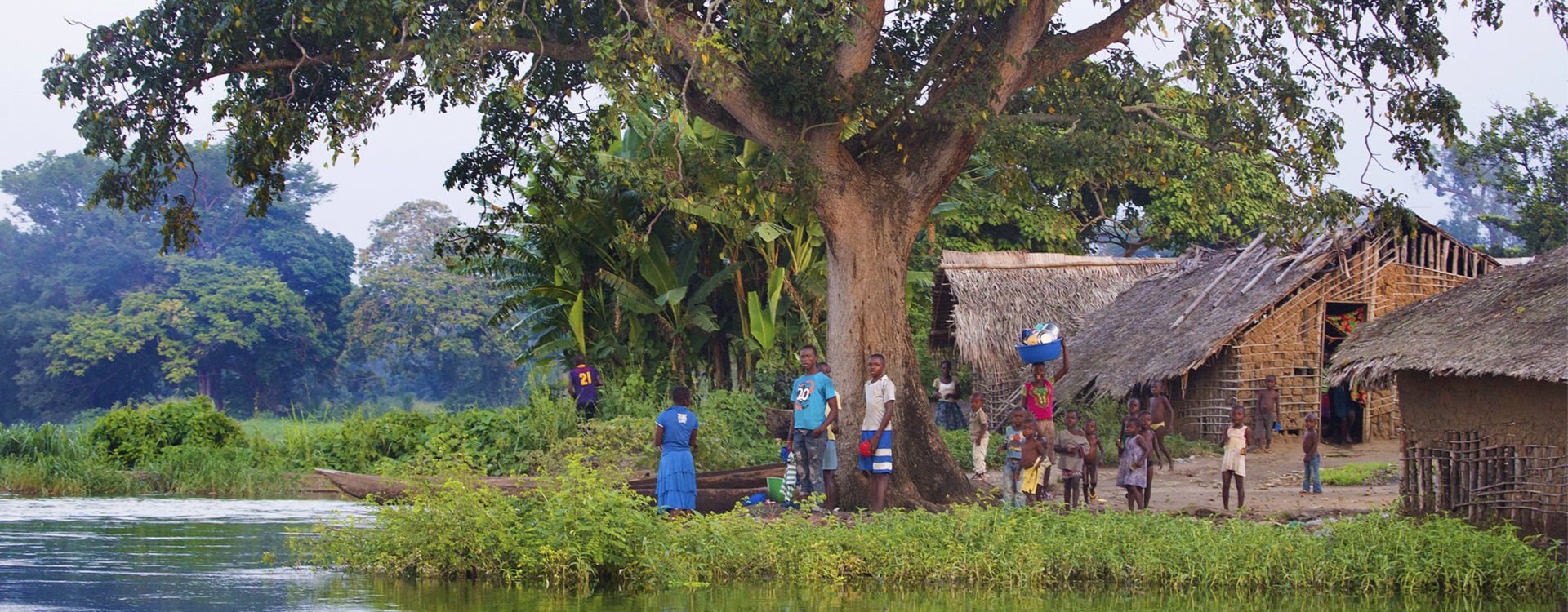
In the short to medium term, DR Congo must focus on agriculture, infrastructure and governance to combat poverty and drive inclusive growth.
The Democratic Republic of Congo (DR Congo) went to the polls on 20 December 2023. The Congolese re-elected Felix Thisekedi, the 61-year-old incumbent president since 24 January 2019, for a second five-year term. His election in 2019 marked the first peaceful transition of power since the country’s independence in 1960, despite the election result disputes.
At his swearing-in ceremony in 2019, Tshisekedi promised to grow the economy, fight poverty, reduce unemployment and tackle corruption. He vowed to make DR Congo ‘the Germany of Africa, a strong country for all in which every citizen has a place’. However, in his first five years in office, he did not achieve many of his promises. In his 2023 re-election campaign, he made similar promises to those in 2019. He now has a second chance to fulfil his ambitious goals of transforming the DR Congo economy.
In his first term in office, President Tshisekedi registered some success in accelerating DR Congo’s economic growth. The country’s GDP growth rate went down to 1.7% during the COVID-19 pandemic year (from 4.4% in 2019) but made a significant recovery in 2021 (6.2%) and reached 8.9% in 2022. The real GDP growth rate remained robust at 7.8% in 2023, driven by the mining sector which grew by 15.4%, contributing around 70% to the economy's overall growth in 2023. However, the recent high growth rates were not inclusive and not accompanied by a structural transformation of the economy. Despite the country’s vast mineral wealth (particularly copper and cobalt), life has not improved for most Congolese with poor governance, corruption and poverty persisting.
Using a measure known as the Gini coefficient, which looks at the proportion of income different groups of households receive, DR Congo is still an unequal country, wealth/income is still unevenly distributed among Congolese, although not highest among its peers. The country remained among the five poorest countries in the world and its high level of vulnerability (i.e., armed conflict or political crises) suggests that extreme poverty could continue to worsen. About 80% of Congolese youth are unemployed – one of the main drivers of inequality and the obvious impact of the economic problems.
In 2023, about 74.6% out of 103 million Congolese lived on less than US$2.15 a day (low-income country extreme poverty threshold), an increase from 62.9% in 2019 – the Sub-Saharan Africa (SSA) average is around 35%. About one out of six people who lived in extreme poverty in SSA in 2023 lived in DR Congo. The country is not on track to achieve the SDG goal of eliminating extreme poverty by 2030. On a business-as-usual forecast, more than 84 million Congolese will still be living in extreme poverty by 2030 - the third largest globally behind only Nigeria and India.
President Tshisekedi’s government (supported by the World Bank) introduced free primary schooling, which increased enrolment by more than five million students. Currently, the primary school completion rate remains stagnant at around 70%, and the quality of education is poor, with an average total test score significantly below the averages for low-income countries globally.
However, the Bank’s programme has been criticised for not dealing with overcrowding classrooms in some areas, while teachers remained poorly paid, which affected their efforts and motivation.
DR Congo remains among the world's poorest countries, with 74.6% living on less than US$2.15 a day and 80% youth unemployment driving inequality and economic issues
President Tshisekedi’s government also introduced free health services for mothers giving birth to preselected health centres and hospitals in the capital, Kinshasa, which he has promised to extend to the rest of the country. The country’s average birth rate per fertile woman has declined to 6 children per woman in 2023 from 6.3 in 2019, a decline that has been occurring since 2010. Infant mortality has also declined from 40 deaths per thousand live births in 2019 to 36 in 2023.
However, the country’s stunting rate has remained highest relative to its peers, 43% of children under the age of five and malnutrition is the underlying cause of about 45% of deaths of children under the age of five. Unlike other African countries, the prevalence of stunting in DR Congo has remained stagnant at high levels over the past decade. Extreme poverty increases the risk of malnutrition, particularly among children who are more vulnerable.
Poor and dilapidated infrastructure (i.e., health, transport, energy and telecommunication) continues to cripple the country despite Tshisekedi's efforts. The total road network in DR Congo is estimated at around 164 000 km long, but only about 5% of the total roads are paved, against SSA’s average of about 24% while only about 22.6% of Congolese people have access to electricity.
President Tshisekedi's second term will require much work to improve the lives of Congolese citizens. The country shares many of the problems of mineral resource-rich countries, with a fragile development model excessively focused on the extractive sector and a high dependency on commodity prices due to mineral exports and food and oil imports on top of weak tax revenue collection and poor governance.
A new report by the African Future and Innovation (AFI) programme at the Institute for Security Studies (ISS) examined DR Congo's current development trajectory and modelled ambitious yet realistic scenarios across eight sectors (agriculture, education, governance, infrastructure, health and demographics, financial flows, manufacturing, and trade) that President Tshisekedi’s new government could explore to pursue inclusive and sustainable growth and development for the Congolese.
Agriculture, manufacturing and infrastructure are key sectors for DR Congo's growth, with governance and education crucial for long-term poverty reduction
The findings show that in the short to medium term, the agricultural scenario has the greatest impact on boosting growth and reducing extreme poverty in DR Congo, followed by the manufacturing and infrastructure scenarios. These findings imply that in the short to medium term, expansion and productivity of both subsistence and commercial farming, agro-processing and addressing infrastructure deficits (i.e., internal transportation systems) are the keys to inclusive growth and development. However, in the long run, the contribution of the agriculture sector to extreme poverty reduction is forecast to decline due to the structural transformation of the DR Congo economy, which involves the shift of productive resources from low-productive sectors, such as subsistence farming, to higher productivity activities in the manufacturing sector. The governance and education scenarios will have the second and third-largest impact in lifting the Congolese out of extreme poverty in the long term.
Overall, the AFI report’s findings clearly show that improving DR Congo’s development prospects will require President Tshisekedi’s new government to revive the agriculture sector, improve basic infrastructure, invest in human capital and promote industrialisation. President Tshisekedi’s new government must serve the people; take responsibility and accountability, and work for the good of society to enable the Congolese to achieve their full potential. Tshisekedi’s new government must set aside their personal interests and orient the public purse to serve the population and its development.
Image: Steve Evans/Flickr
